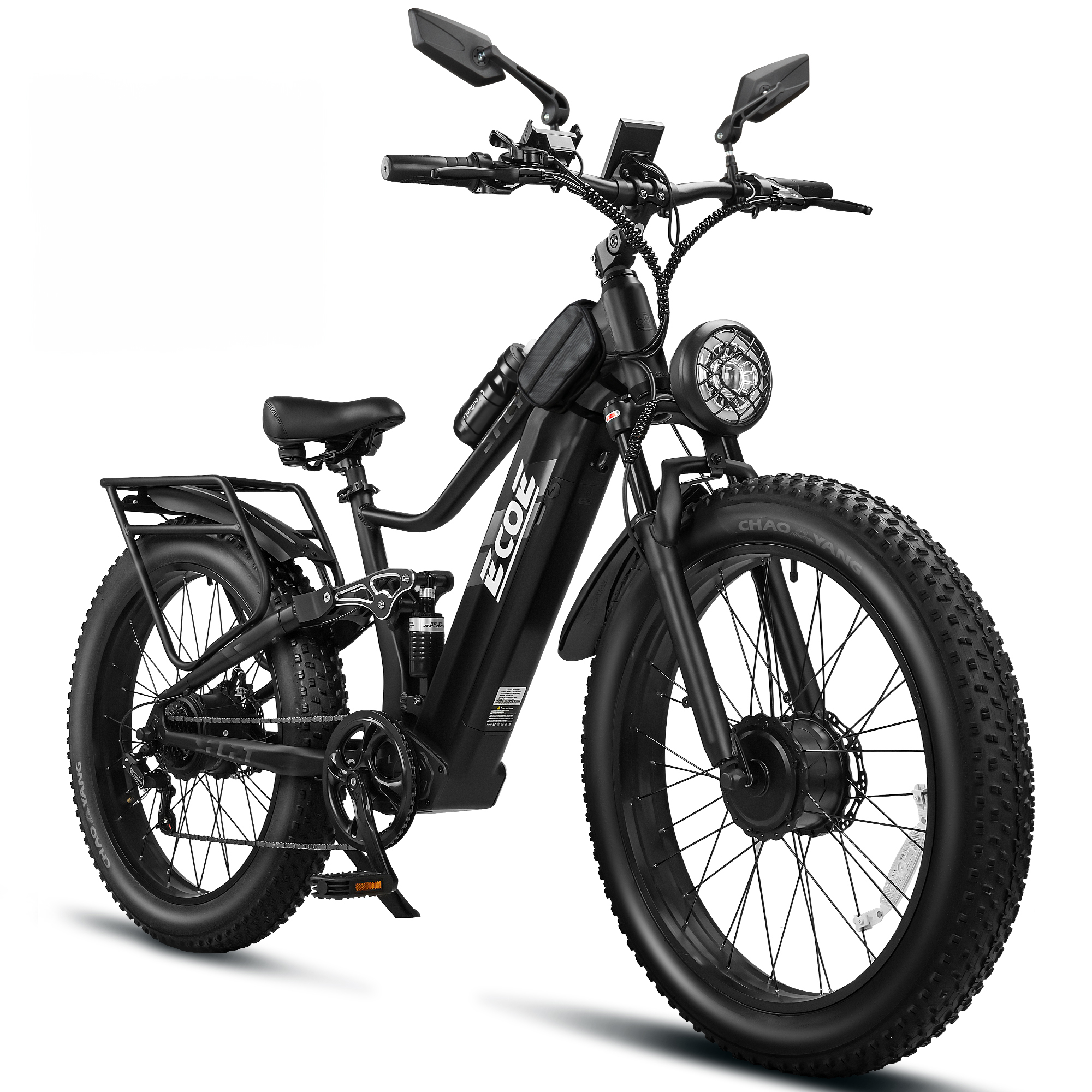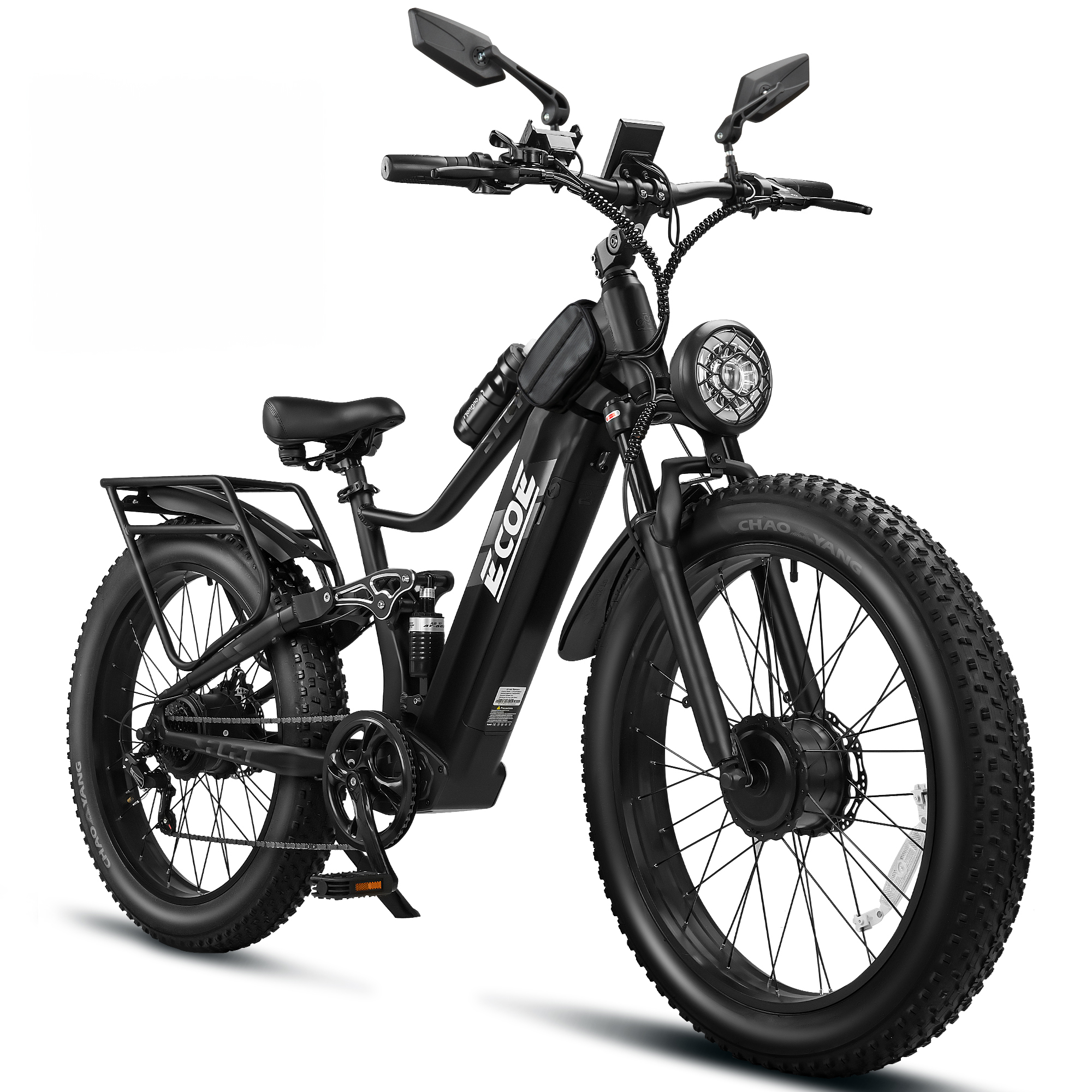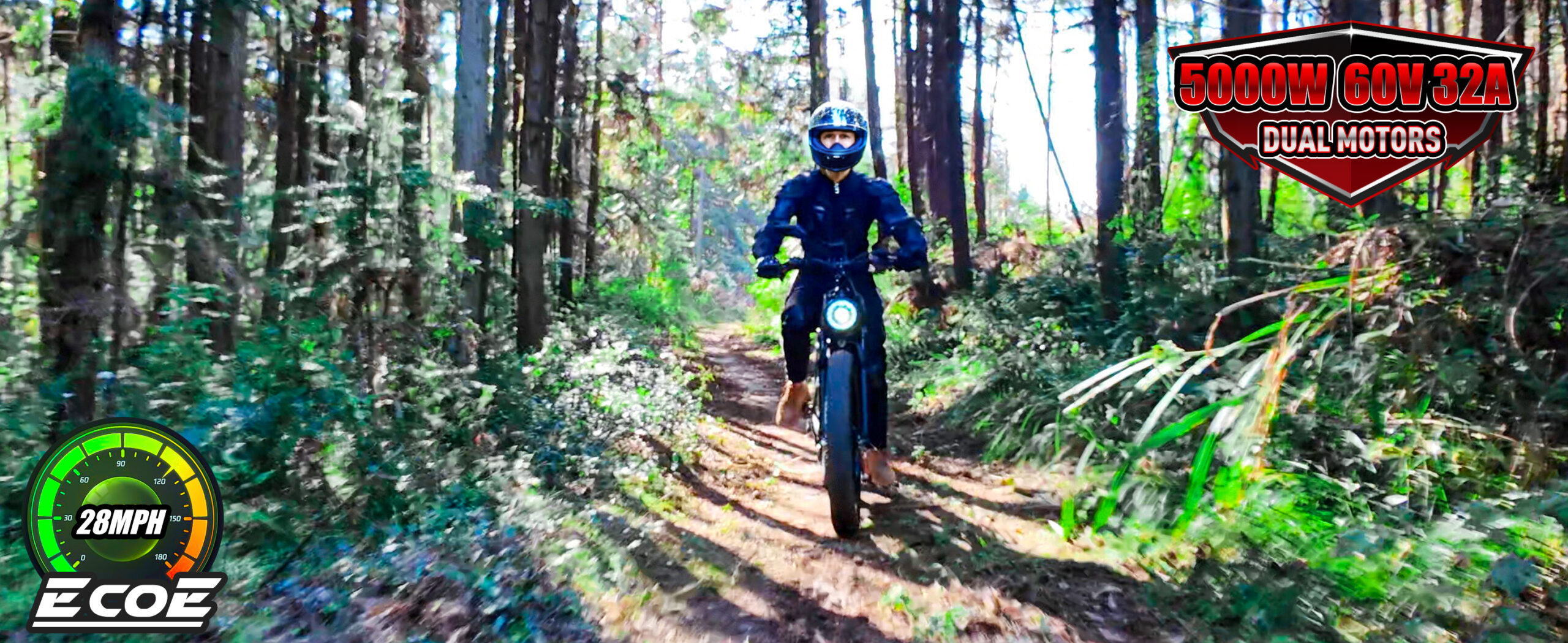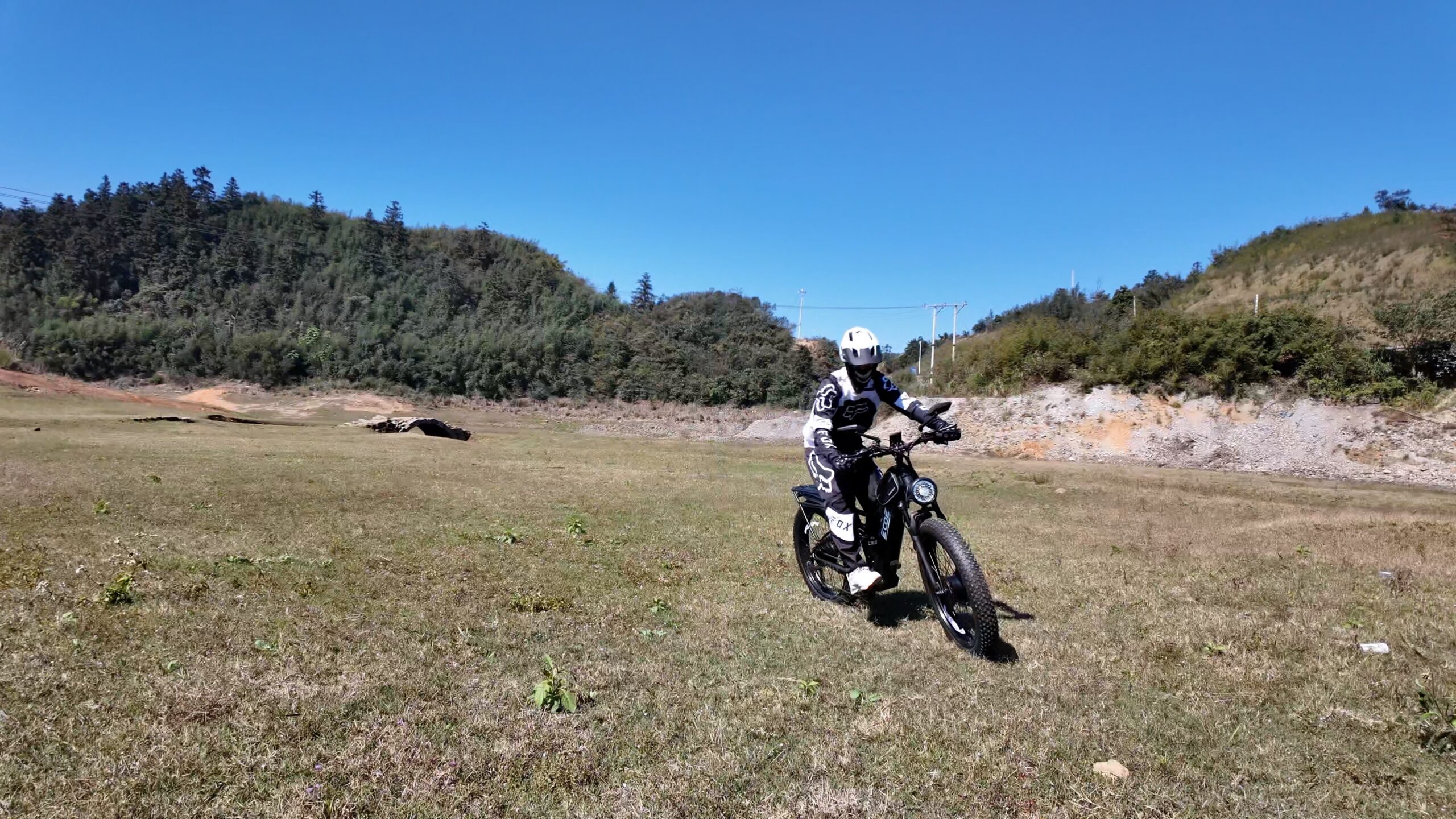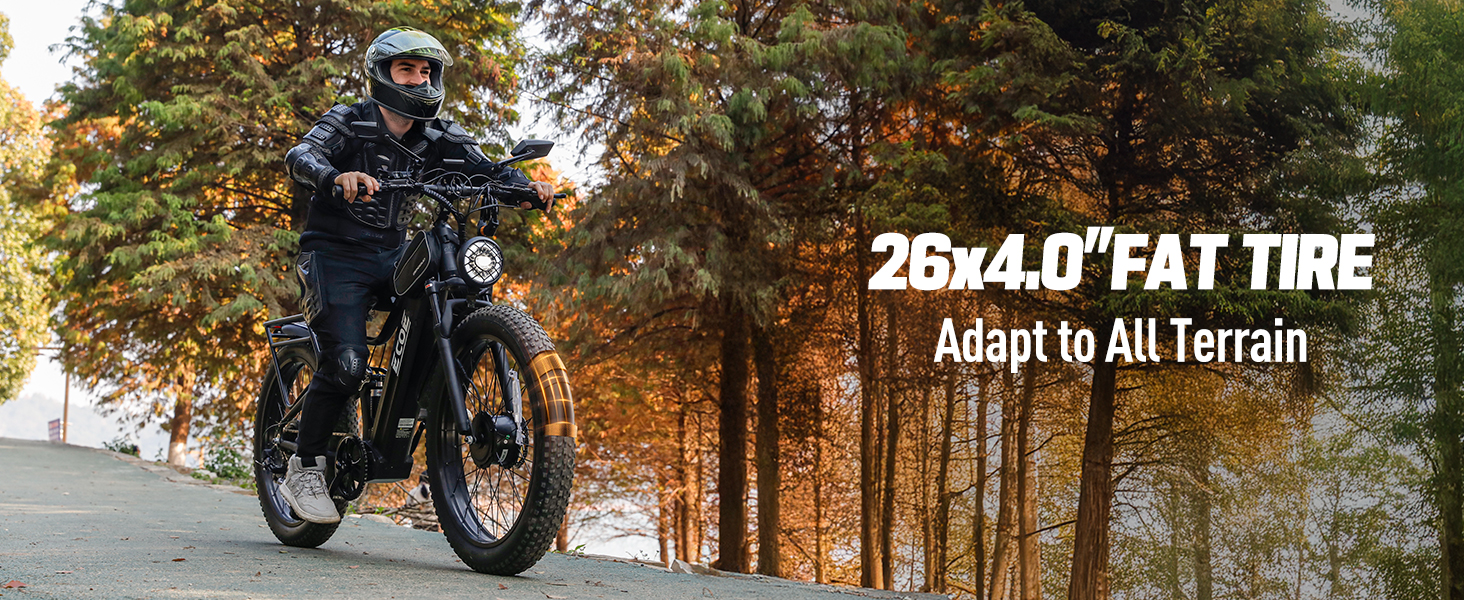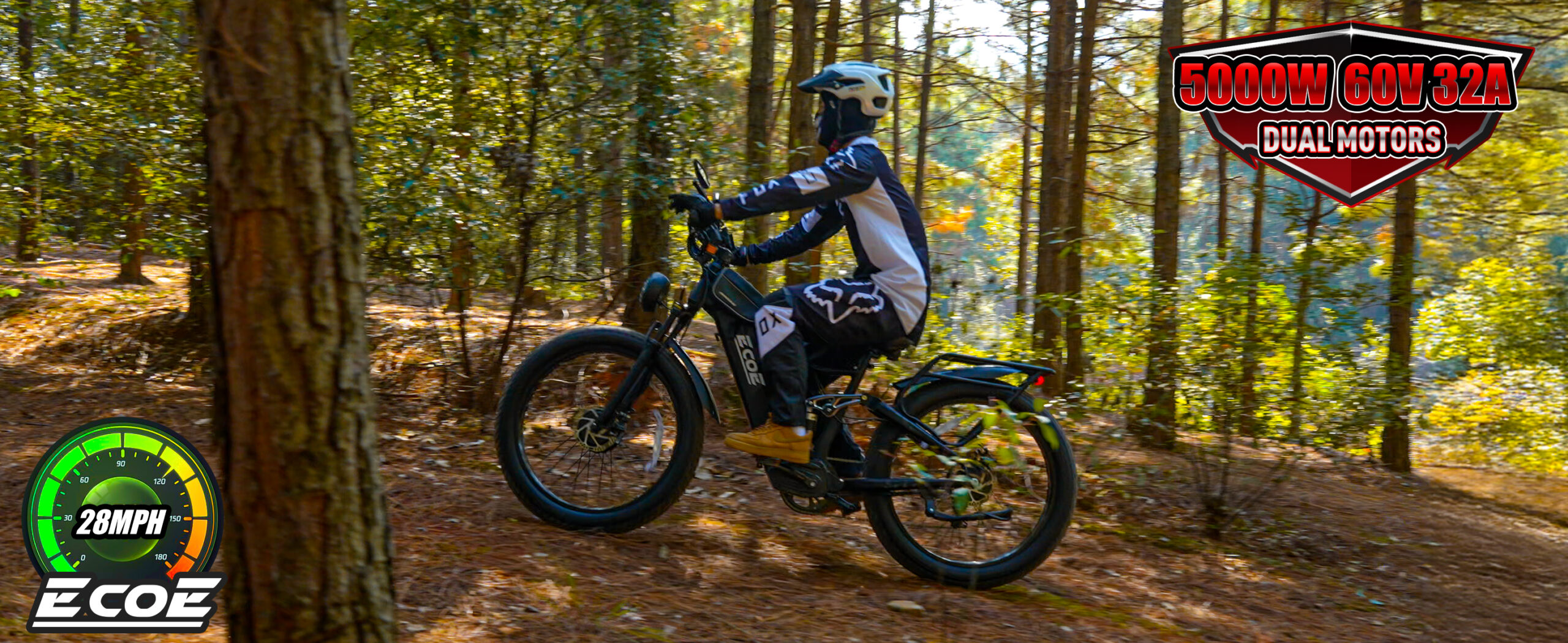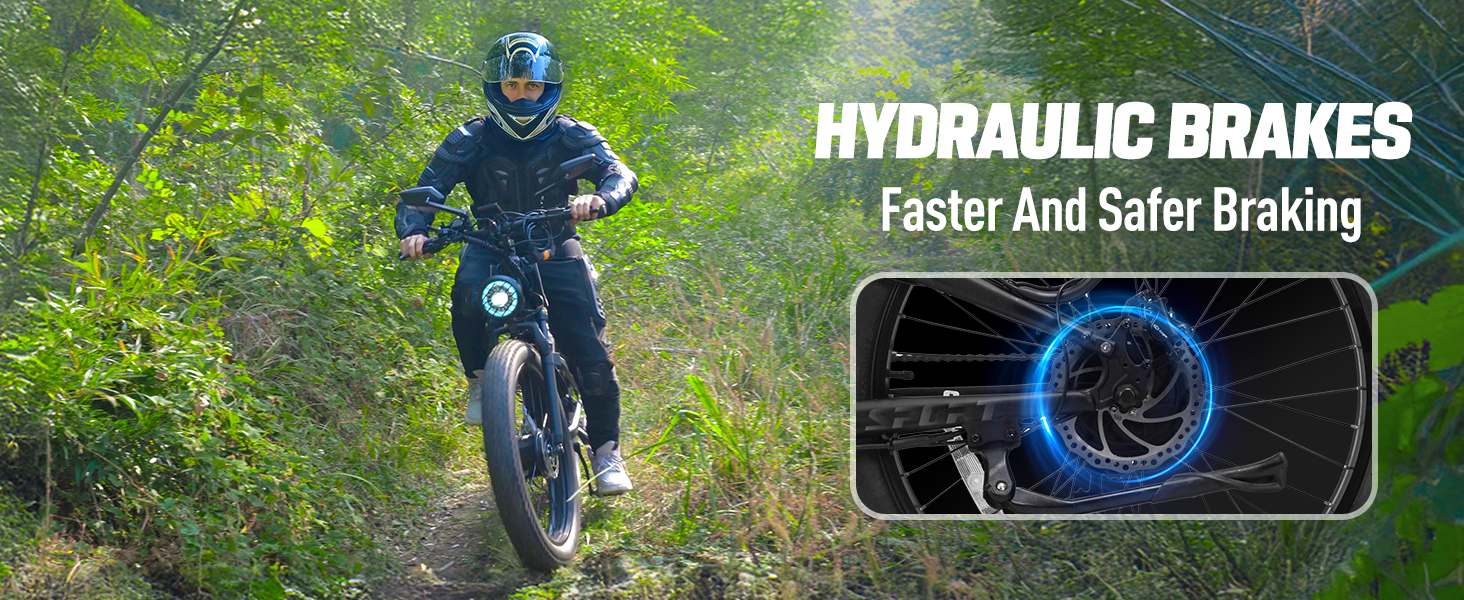Apr 15, 2025
Why Are E-Bikes Limited to 28 mph? Understanding the Speed Regulations of Electric Bikes

E-bikes have become an increasingly popular mode of transportation, offering eco-friendly and convenient solutions for urban commuting. However, many riders wonder why some e-bikes are limited to a maximum speed of 28 mph. In this article, we explore the reasons behind the 28 mph limit on certain e-bikes, from legal and safety regulations to the technical aspects of bike design. We also discuss how this limit affects the riding experience and why it is a common feature for certain classes of e-bikes.
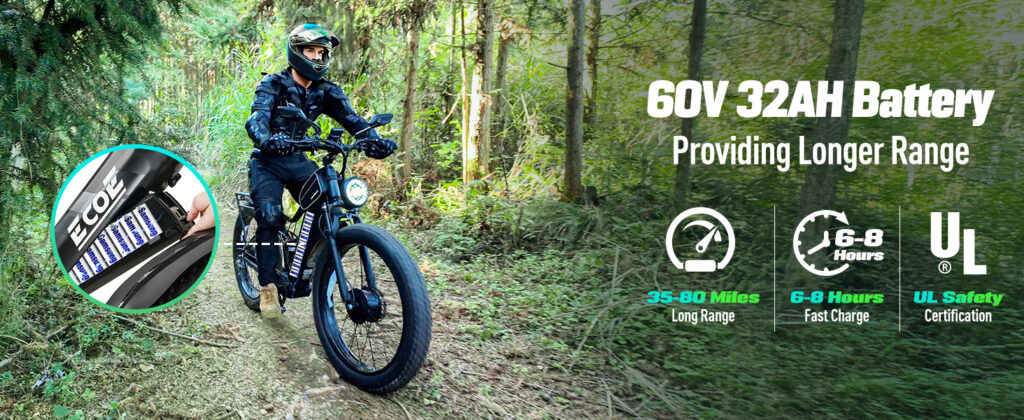
One of the key factors driving the 28 mph speed limit on certain e-bikes is the regulatory environment. In many countries, e-bikes are categorized by their speed and motor capabilities, and the speed limit varies based on these factors.
In the United States, for example, e-bikes are classified into three categories:
- Class 1: Pedal-assist only, limited to 20 mph (32 km/h).
- Class 2: Throttle-assisted, also limited to 20 mph (32 km/h).
- Class 3: Pedal-assist with throttle, limited to 28 mph (45 km/h).
The 28 mph limit applies to Class 3 e-bikes, which are pedal-assist bikes that can also use throttle control. These bikes are designed to provide more power and speed for experienced riders. Class 3 e-bikes are subject to specific legal restrictions that ensure safety, and their higher speed limits are allowed in areas where they are explicitly approved, often in cities with well-developed cycling infrastructure.
The speed limit of 28 mph is set to ensure that e-bikes are still classified as bicycles and not motorcycles or motorized vehicles. This distinction helps them avoid the more stringent licensing, insurance, and registration requirements that are associated with vehicles in the higher speed category.
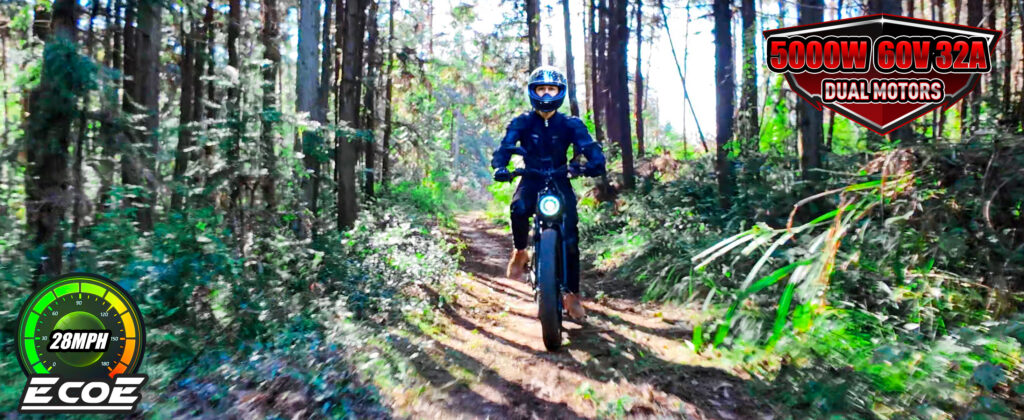
While the 28 mph limit might seem fast compared to lower-speed e-bikes, it is still considered a safe maximum speed for certain e-bike categories. However, safety becomes more critical as the speed increases.
At speeds above 28 mph, the dynamics of riding change significantly. For example, braking distances become longer, and the risk of injury in case of accidents increases. By limiting e-bikes to 28 mph, authorities aim to reduce these risks while maintaining a fast enough speed for urban commuting or recreational use.
Additionally, 28 mph is seen as a sweet spot for e-bike design, balancing performance with safety. Bikes equipped to reach this speed often feature high-quality suspension systems, stronger brakes, and advanced stability features. For instance, some Ecoe Electric Bikes models designed for urban and off-road use are engineered to reach speeds up to 28 mph while ensuring rider stability, safety, and comfort with robust suspension systems and high-performance brakes.
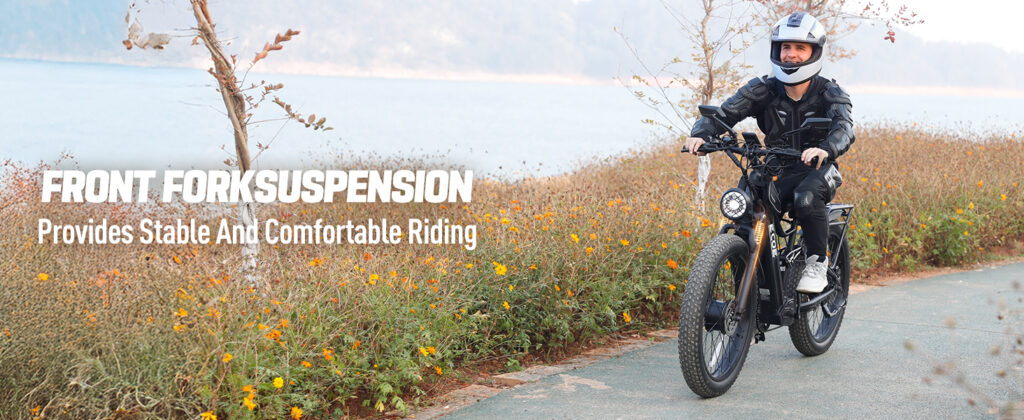
From a technical standpoint, the speed limit of 28 mph is often a result of the motor’s design and the bike’s battery capabilities. E-bikes typically use brushless motors that are efficient and provide varying levels of power depending on the pedaling force or throttle input.
To ensure the motor does not draw excessive power and overheat, most e-bikes are designed to cut off power at certain speeds. For example, Class 3 e-bikes are allowed to go up to 28 mph, but they typically use more powerful motors and larger batteries than lower-class models.
For a bike like the Ecoe 5000W electric bike, which can reach 28 mph, the battery capacity plays a key role in sustaining high speeds without draining quickly. The bike’s 32Ah battery is designed to handle long rides at high speeds, providing the rider with an extended range while maintaining efficiency. This ensures that even at 28 mph, the bike can still operate smoothly and safely without compromising its motor or battery life.
The 28 mph limit is also influenced by the environmental and infrastructure context in which e-bikes are used. In cities with well-developed cycling infrastructure, higher-speed e-bikes can be accommodated more safely, as cyclists have designated lanes and traffic regulations tailored to their needs.
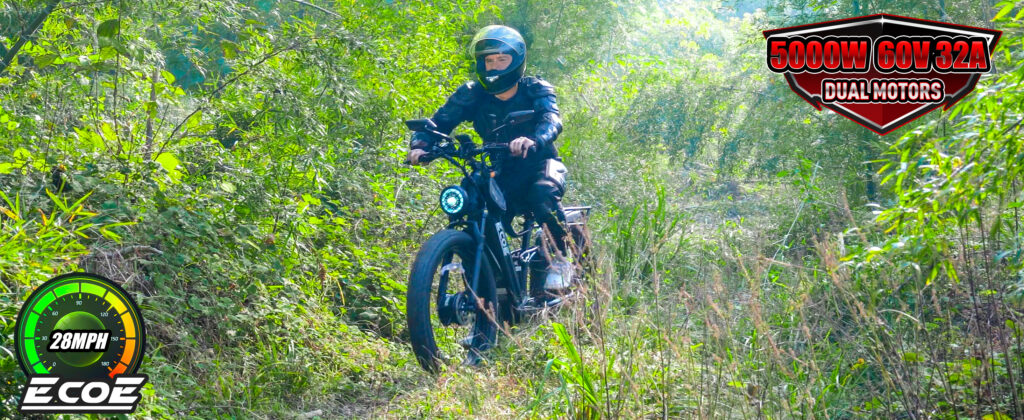
However, in many urban areas without bike-specific infrastructure, riding above 28 mph could be dangerous, both for the rider and for pedestrians or other road users. This is why authorities maintain the 28 mph speed limit as a way to ensure that e-bikes can coexist with traditional bicycles and motor vehicles in a safer manner.
Riders of 28 mph e-bikes are also encouraged to be aware of local regulations and adjust their riding habits depending on their surroundings. In places like Europe, where cycling culture is more established, riders can sometimes use e-bikes that exceed 28 mph, but only in areas where the infrastructure supports it.
As the popularity of e-bikes continues to grow, so will the discussions surrounding speed limits. Technological advances in battery efficiency, motor power, and safety features may allow e-bikes to safely reach higher speeds in the future. Some regions may adjust their speed limits based on the advancements in cycling infrastructure and the overall cycling culture.
For example, e-bikes like those from Ecoe Electric Bikes that can go up to 28 mph may eventually be allowed to reach higher speeds in regions with improved road safety and cyclist protection. However, such changes will be carefully evaluated to ensure that they do not compromise rider safety or public safety.

In conclusion, the 28 mph speed limit on certain e-bikes is the result of a combination of legal, safety, technical, and infrastructure considerations. While it may seem limiting to some, it ensures that e-bikes remain a safe and efficient alternative to traditional forms of transportation.
As e-bike technology continues to evolve, the future might hold higher speed limits in regions that are ready to accommodate them safely. Until then, the 28 mph limit allows riders to enjoy a high-performance e-bike experience while staying within the bounds of local regulations and safety standards.
Whether you’re riding an e-bike like the Ecoe 5000W model, which offers a 28 mph top speed, or any other high-performance e-bike, understanding the speed limits and the reasons behind them helps ensure a safe and enjoyable ride.
Leave a comment
Please note, comments need to be approved before they are published.
当前文章评论已关闭。

